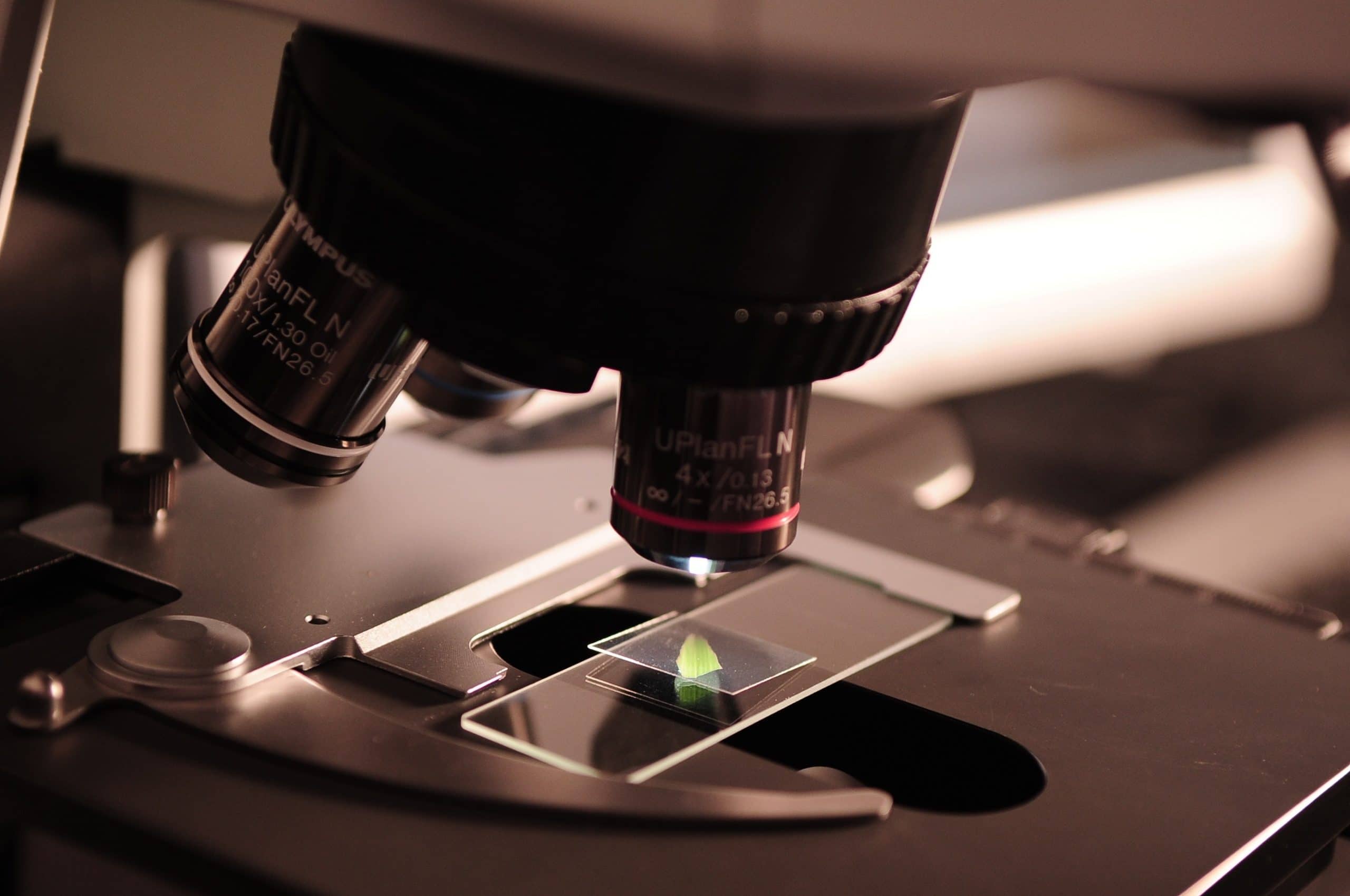Sophisticated new engineering and IT applications are playing an increasingly important role in advancing medical science.
In particular, digital simulations and 3D photorealistic renders are helping medical scientists to study the human body in far greater detail. This means potential interventions can be tested out and medical professionals can receive initial training in new procedures.
3D modelling helps brain cooling techniques
One of the latest steps forward in using 3D modelling to improve our understanding of the human anatomy is a joint project between engineers and medical scientists at the University of Edinburgh. They set out to gain greater insights into how the brain can be safely subjected to a medically induced cool down.
Medical professionals sometimes use this procedure to counteract the effects of a stroke or head injuries or to deal with birthing complications in newborn babies.
Researchers in the Edinburgh trial used 3D modelling to simulate the way cooling is applied to the scalp and the speed with which it can then cool the brain. They were able to prove that relieving pressure in this way can be a speedy and effective way of reducing swelling and can avoid further injury to brain matter.
Having access to CAD models of the brain meant that the University of Edinburgh researchers could try out different variations in this technique and simulate the three-dimensional effect on neurological blood vessels, tissue and metabolism.
The results were 3D temperature and blood volume charts, that can help medical experts to create far more precise therapeutic cooling techniques. These will now be used in future clinical trials.
One of the most important findings of this research project was the way in which scalp cooling could be applied to newborn babies after a traumatic delivery. It can minimise brain damage and avoid having to cool the infant’s entire body.
The research team also reported that the same 3D modelling could be used to simulate and study the effect of strokes and head injuries and other potential interventions.
Other medical 3D modelling initiatives
The use of 3D models to advance understanding of the human form – of course – has been around for a long time. Virtual reality capabilities have been used to create 3D digital simulations of internal organs since the 1990s.
However, the sophistication of emerging CAD techniques is taking medical 3D models to a new level of detail and potential interaction. In particular, the speed and detail of modern 3D modelling techniques are proving a powerful weapon in work to study disease and trauma.
Modern technological advances also mean that reverse engineering can be used to forensically exam physical parts of the body and map out physiological processes.
It’s also becoming much quicker to achieve 2D to 3D conversion, meaning that x-rays, CT scans and MRI images can be transferred to a 3D model in a matter of minutes.
This makes it possible for medical professionals to plan and practice complex procedures – such as separating conjoined twins or completing intricate heart surgery – using highly sophisticated 3D models.
This is the exact scenario for crucial preparation that went into planning to separate the hearts and livers of three-month-old conjoined twins in Masonic Children’s Hospital in Minneapolis. A highly detailed 3D model enabled the team to thoroughly research and develop the potentially fatal surgery that would be needed.
3D models to safely research and train
High-resolution visualisation of drug, device and surgical trials mean that medical scientists can go further than ever before. However, the safe and controllable insights offered by detailed simulations using CAD animations have a multitude of other applications too.
If you would like to explore how 3D CAD models can advance your research – for medical, manufacturing or construction applications – contact us at Restoric Design.



